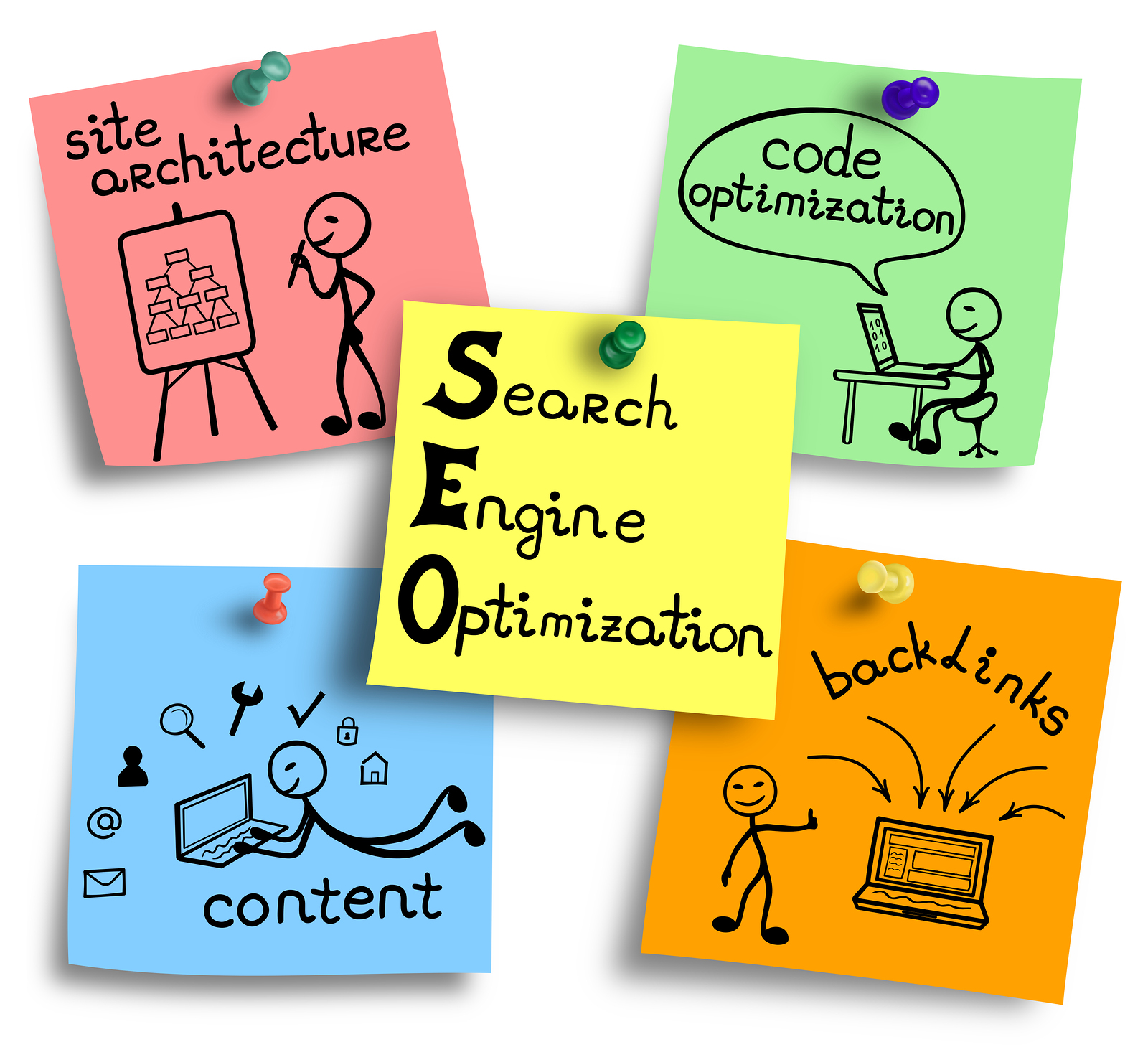Essential SEO for Artists

As time flies by the internet continues to make the world more digitalized. Like any other profession, it has also become essential for artists to reach their customers by making a website. Even though making a website is not so difficult, many artists struggle when it comes to creating a large audience base. In this area, SEO can be a great help.
To make people notice your artwork, you have to make sure that the search engines pick them first. As the computers cannot evaluate information like what an image is about, the emotions it speaks of, and the canvas it is on, it is your job to make it easier for them. These SEO techniques will help you in improving your website’s rank so that you have a large audience and interested buyers.
1. Image Titles:
As an artist, you might not have much knowledge about the functioning of the search engines. You might wonder why your website is not becoming prominent even after you have uploaded valuable art in it. It is because of the fact that search engines are blind and judge the images based on their titles. All the images, whether scanned or taken from a camera, have a unique filename. When you upload this to your website, the image gets a digital address.
Example: If your website’s URL is http://example.com, and the image’s default name is IMG_0123.JPG, then the digital address of the image when you upload it will become http://example.com/IMG_0123.JPG.
The search engines read this address to get a hint about the content of the image. Names such as http://example.com/IMG_0123.JPG provide no such hint to the search engines. Here you can help the search engines by changing the name to something helpful. For example, if the image is of an oil painting of the sun, you can change the name of the image to http://example.com/sun-oil-painting.
2. Alt Attributes:
Previously used for helping web browsers in displaying text substitutes for images when they were not able to display the image, the use of Alt Attributes has changed with time. Now the browsers use Alt Attributes as a way to gain information about the image and then decide whether the image is relevant to the search or not. You should carefully choose simplistic and descriptive Alt Attributes.
Example: If the image is of a pastel color painting, you can label the Alt Attributes as “Grateful Pastel Color Painting”.
For checking the attributes of an image, right-click on the image and choose Image Properties. Famous website systems such as WordPress and Blogger allow you to edit the Alt Attributes with ease. If you use any other system, you can edit the attributes with these HTML tags: <img alt=”…”>.
3. Descriptions:
The search engines try their best to assess an image or any other graphic content, even though without the understanding of the image itself. In this process, they also inspect the on-page elements to dig out information about the image. Therefore, you should put content on the website that tells the story of your painting, how you made it or anything else related to the art. You can also include things such as your inspiration behind the painting, the themes that it covers, and the portrayed meaning. Descriptions also help you to target keywords. Thus, you should write the content while including keywords that the users might search when searching for artworks such as yours.





